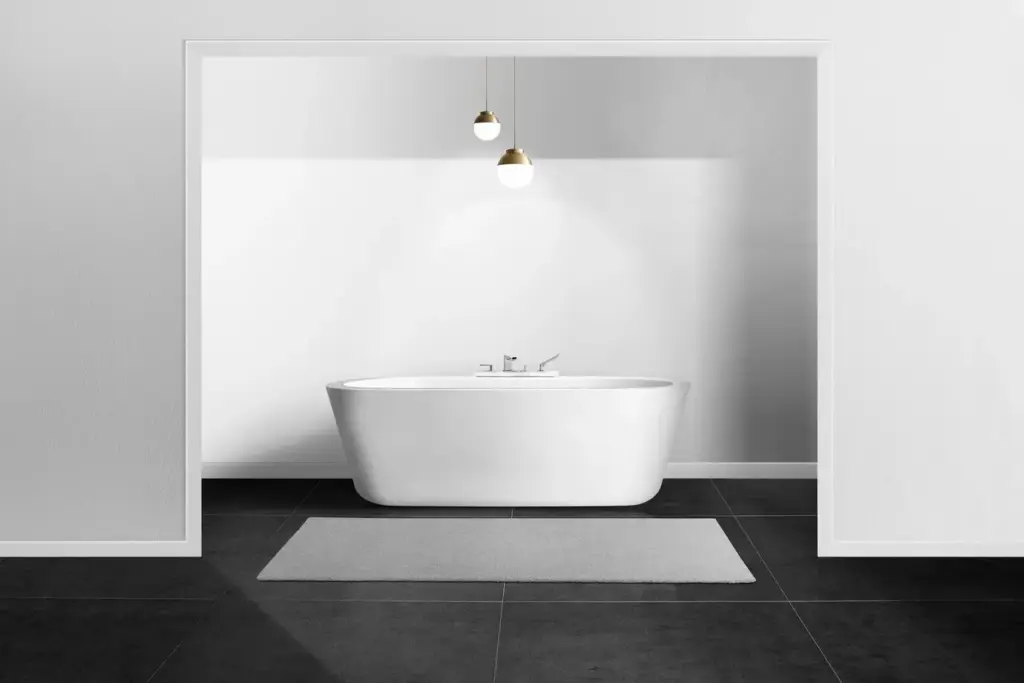
Leak-Free Bath Beginnings
Know Your Bath Waste Assembly
Choosing Materials: PVC, ABS, or Brass
Understanding Gaskets and Sealants
Measuring Rough-In Dimensions
Dry-Fit for Precision and Peace of Mind

Sizing and Vent Distance That Keep Traps Primed
Most tubs use a 1-1/2 inch trap; some codes allow two inches for long runs or heavy use. Measure developed length to the vent and keep within your code’s limit. Excess distance risks siphoning; too near can be noisy. Ask inspectors early and document choices for smooth approvals.
Slope, Support, and Avoiding Bellies
Maintain a consistent quarter-inch-per-foot slope on the trap arm, supporting with approved hangers so it cannot belly. Bellies trap debris and stale water, nurturing odors. Keep the trap level side-to-side, avoid stacked fittings, and ensure unions remain accessible for service without cutting finished walls or surrounding cabinetry.
Solvent Welds, Slip Joints, and Serviceable Unions
Prime purple only if required by your code and materials, then cement with smooth, full-seat twists. On brass assemblies, use quality slip-joint nuts, nylon or brass ferrules, and a light touch. Where service matters, include a union or a cleanout tee so hair clogs never demand demolition.
Final Hookups, Fill Test, and Troubleshooting
Permits, Photos, and Inspector-Friendly Practices
Working Smart in Cramped Alcoves
A Short Story: The Reversed Overflow Gasket
Safety, Codes, and Field-Wise Advice



